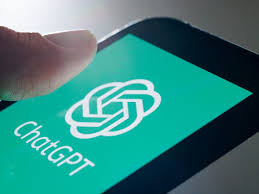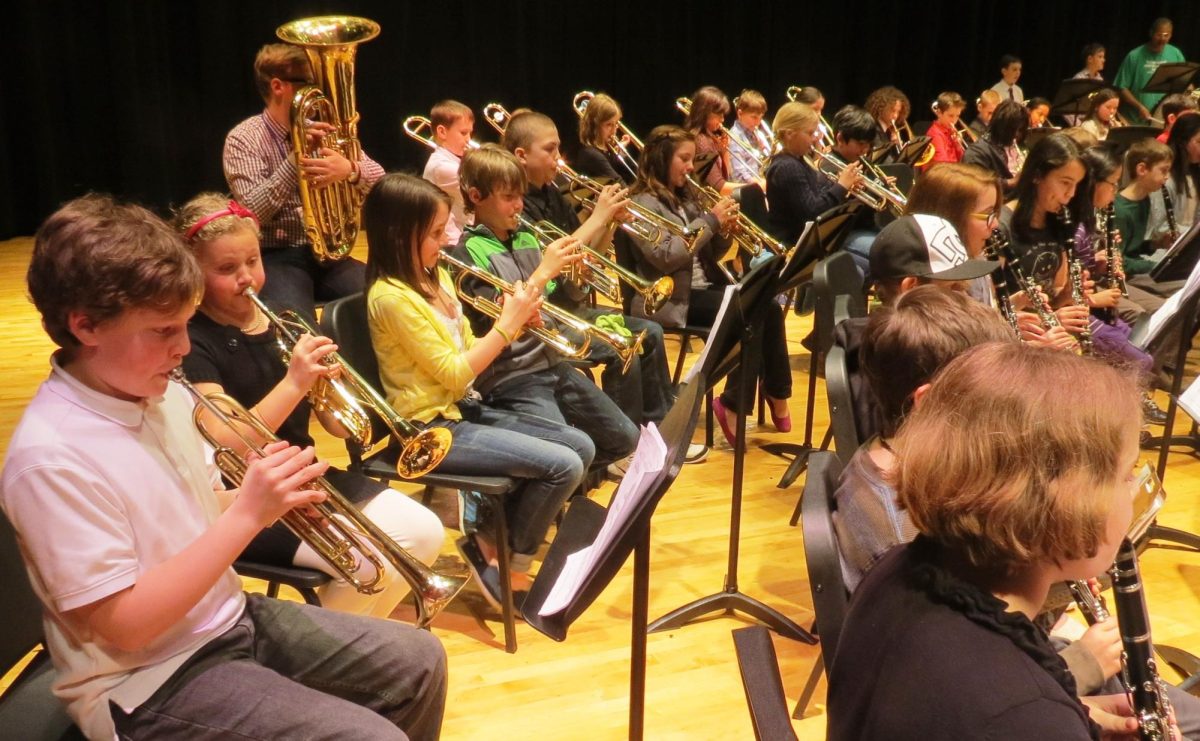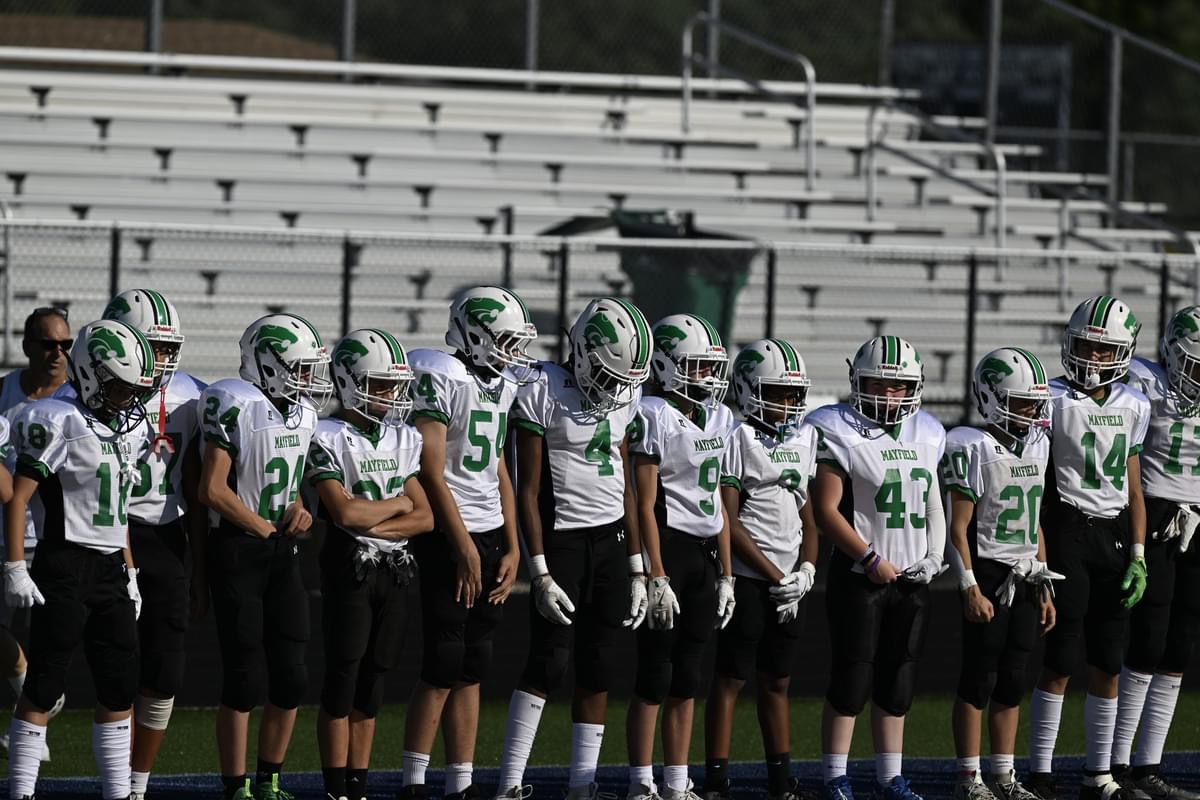
Throughout recent years artificial intelligence (AI) has advanced bringing attention to students all across the world. As students navigate through a mostly digital education many students are turning to AI tools or apps to help aid with their school assignments.
According to accounts from several MMS teachers, students at Mayfield Middle School have been using AI apps to write their assignments for them. Most students use ChatGPT but some students use others such as Otter.ai, PaperTyper, Undetectable AI, and Quillbot.
AI-powered search engines and academic databases are helping students find relevant information more effortlessly. Tools like Google Scholar, Semantic Scholar, and even AI-driven assistants like IBM’s Watson can provide quick access to a wealth of academic resources.
AI writing assistants such as Grammarly, ProWrightingAid, and Hemingway are popular among students. These tools help students with their school work providing them valuable education but sometimes they could also be harmful to how much education you would get. Grammarly, a tool used for spelling and writing corrections helps students write more effortlessly because it would underline the word or statement they would need to fix but Grammarly would fix it for them, not teaching the student how to fix it themselves.
The ease of generating content with AI raises concerns about originality and cheating. Schools and universities are grappling with how to maintain academic standards in the age of AI.
While some AI use is positive, for example making learning more accessible to students with disabilities with tools such as text-to-speech, speech-to text, and others, it is also being used negatively–as a way to shortcut an assignment. Educators say the overuse of AI tools might hinder the development of critical thinking and problem-solving skills. Students need to learn how to balance the use of technology with traditional learning methods.
Mrs. Saunders notes that what often raises red flags is a writing style or vocabulary that doesn’t match the type of writing that she typically sees from a student–for example, she notes, a student who rarely uses commas suddenly using them frequently and correctly or a student who usually writes in short, simple sentences suddenly produces long, complex, eloquent sentences. In those cases, there are several extensions that can show if and when text was pasted in from an external source. Students pasting in work from an outside source, Saunders says, will earn a 0 on the assignment (or at least on the portion that was copied.)
Mrs. Djukic, a 7th grade English teacher on the Warrior team at MMS stated that if a students is caught using AI, she “would make the student rewrite the assignment.”
 Denise Pop from Stanford University says that teachers need to consider the reasons behind why students might be turning to AI. She states, “There are so many reasons why students cheat. They might be struggling with the material and unable to get the help they need. Maybe they have too much homework and not enough time to do it. Or maybe assignments feel like pointless busywork. Many students tell us they’re overwhelmed by the pressure to achieve — they know cheating is wrong, but they don’t want to let their family down by bringing home a low grade.” Pope notes that making sure students have an appropriate work level and the amount of support they need to feel successful might decrease the appeal of cheating or AI shortcuts.
Denise Pop from Stanford University says that teachers need to consider the reasons behind why students might be turning to AI. She states, “There are so many reasons why students cheat. They might be struggling with the material and unable to get the help they need. Maybe they have too much homework and not enough time to do it. Or maybe assignments feel like pointless busywork. Many students tell us they’re overwhelmed by the pressure to achieve — they know cheating is wrong, but they don’t want to let their family down by bringing home a low grade.” Pope notes that making sure students have an appropriate work level and the amount of support they need to feel successful might decrease the appeal of cheating or AI shortcuts.
Pope’s colleague at Stanford, Victor Lee, discussed possible solutions being tried to dissuade students from turning to AI. He notes that “schools have considered putting significant amounts of money in AI-detection software” but explains that studies show that these can be “highly unreliable.” Lee offered that some districts have tried blocking AI chatbots from school wifi and devices.
Some teachers are making major writing assignments pencil-and-paper again or having students write in a locked form or site and under screen surveillance such as Blocksi or a similar program.
But both Pope and Lee advise teachers to focus their attention on teaching students about AI and about ways to use it that are ethical. They state that AI is not going away, so students have to learn how to use it as a tool rather than a way to cheat and avoid learning and developing skills.
While the education world continues to look for solutions, screening student work for AI dupes will likely require more time, creativity, and resourcefulness from teachers.
AI is transforming education by providing students with helpful and accessible learning tools. While the benefits are substantial, it is important to understand the accompanying challenges and ethical concerns. While preparing students for a beneficial future it is important to understand that AI technologies are just going to grow and AI will undoubtedly play a significant role.







